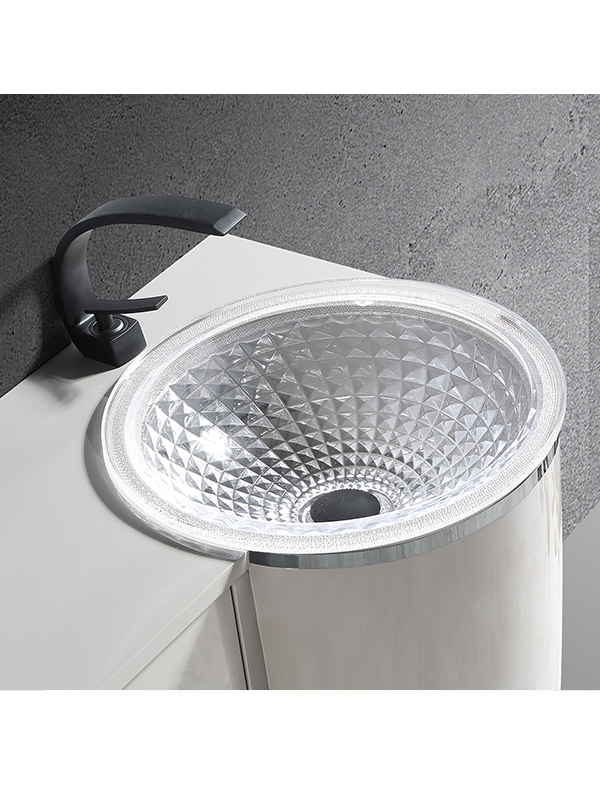Abstract:If your bathroom sink is not draining smoothly, it could be due to various reasons, including clogs,...
If your
bathroom sink is not draining smoothly, it could be due to various reasons, including clogs, buildup of debris, or issues with the plumbing system. Here's what you can do to troubleshoot and resolve the problem:
Check for Visible Blockages:
Look inside the sink drain and remove any visible hair, soap scum, or debris that may be obstructing the flow of water. Use a pair of gloves and a flashlight to inspect the drain opening and remove any blockages using your fingers or tweezers.
Use a Plunger:
If the blockage is not visible or accessible, try using a plunger to dislodge the clog. Place the plunger over the drain opening and create a tight seal. Pump the plunger up and down vigorously to create suction and dislodge the obstruction. Repeat this process several times until the water starts draining smoothly.
Pour Boiling Water:
Boil water in a kettle or pot and carefully pour it down the drain. The hot water can help dissolve and loosen grease, soap scum, and other organic matter that may be causing the clog. Repeat this process a few times to see if it improves the drainage.
Use a Drain Snake or Auger:
If the clog persists, use a drain snake or auger to physically remove the obstruction from the drain pipe. Insert the snake into the drain opening and rotate it clockwise to hook onto the clog. Pull out the snake slowly to dislodge and remove the blockage. Be careful not to damage the pipes or scratch the sink surface.
Try a Homemade Drain Cleaner:
Mix equal parts of baking soda and vinegar and pour the mixture down the drain. The chemical reaction between baking soda and vinegar can help break down organic matter and dissolve minor clogs. Let the mixture sit for about 30 minutes, then flush the drain with hot water.
Check the P-Trap:
The P-trap is a curved section of pipe located beneath the sink that traps water to prevent sewer gases from entering the bathroom. Place a bucket or towel under the P-trap to catch any water and debris. Loosen the slip nuts on the P-trap using a wrench and remove the trap. Clean out any debris or buildup inside the trap and reassemble it.
Inspect Ventilation:
A poorly vented plumbing system can cause slow drainage in sinks. Check for signs of vent blockage, such as gurgling noises or foul odors coming from the drain. If you suspect a ventilation problem, consult a plumber to inspect and address the issue.
Call a Professional Plumber:
If you've tried the above methods and the sink still doesn't drain smoothly, it may indicate a more serious plumbing problem, such as a damaged pipe or tree root intrusion. In such cases, it's best to contact a licensed plumber to assess and repair the issue.
